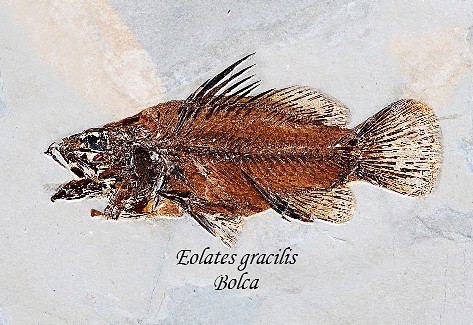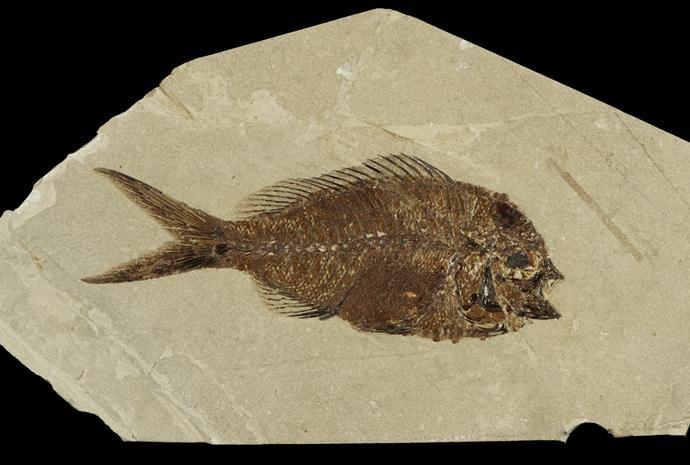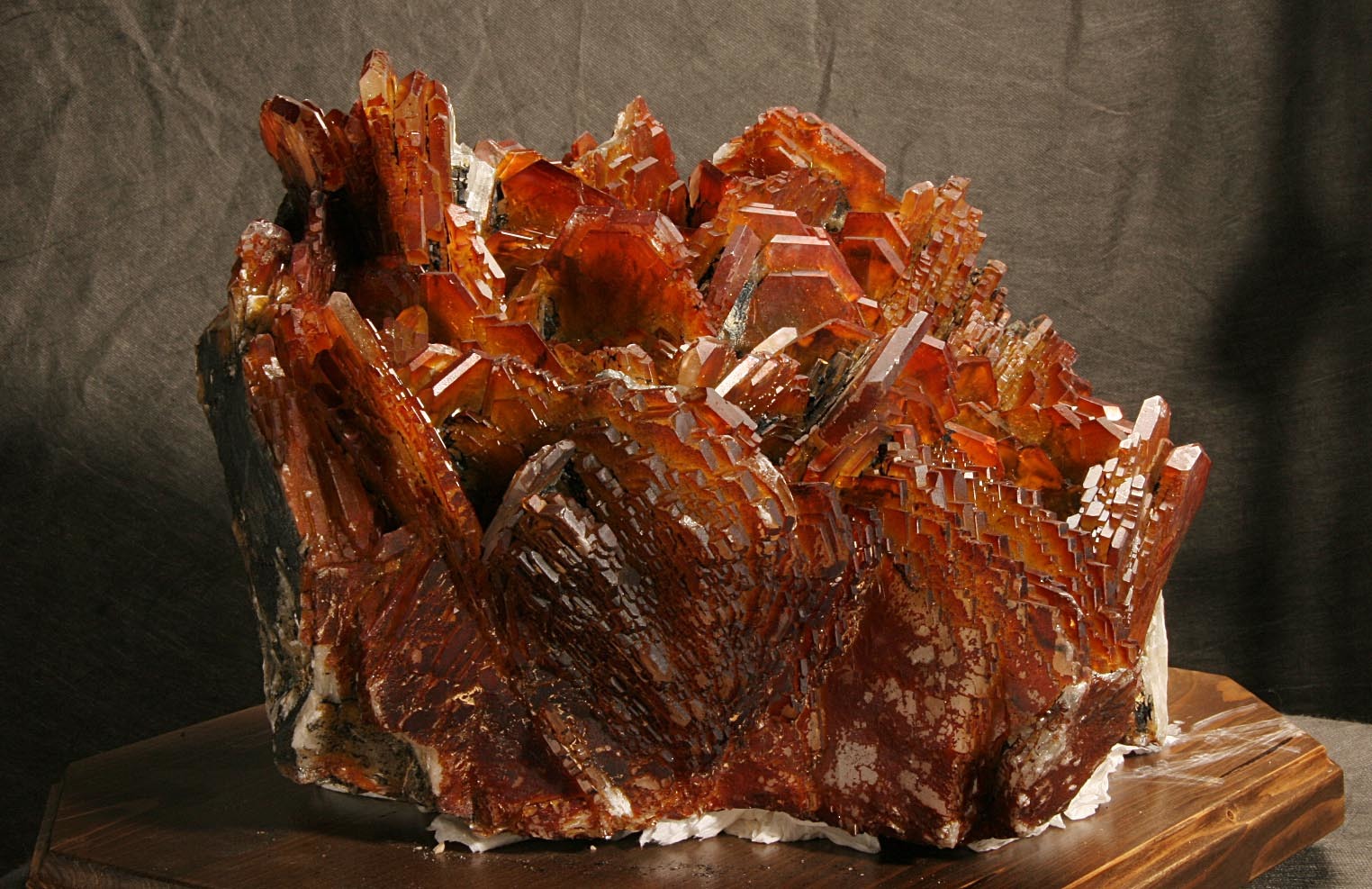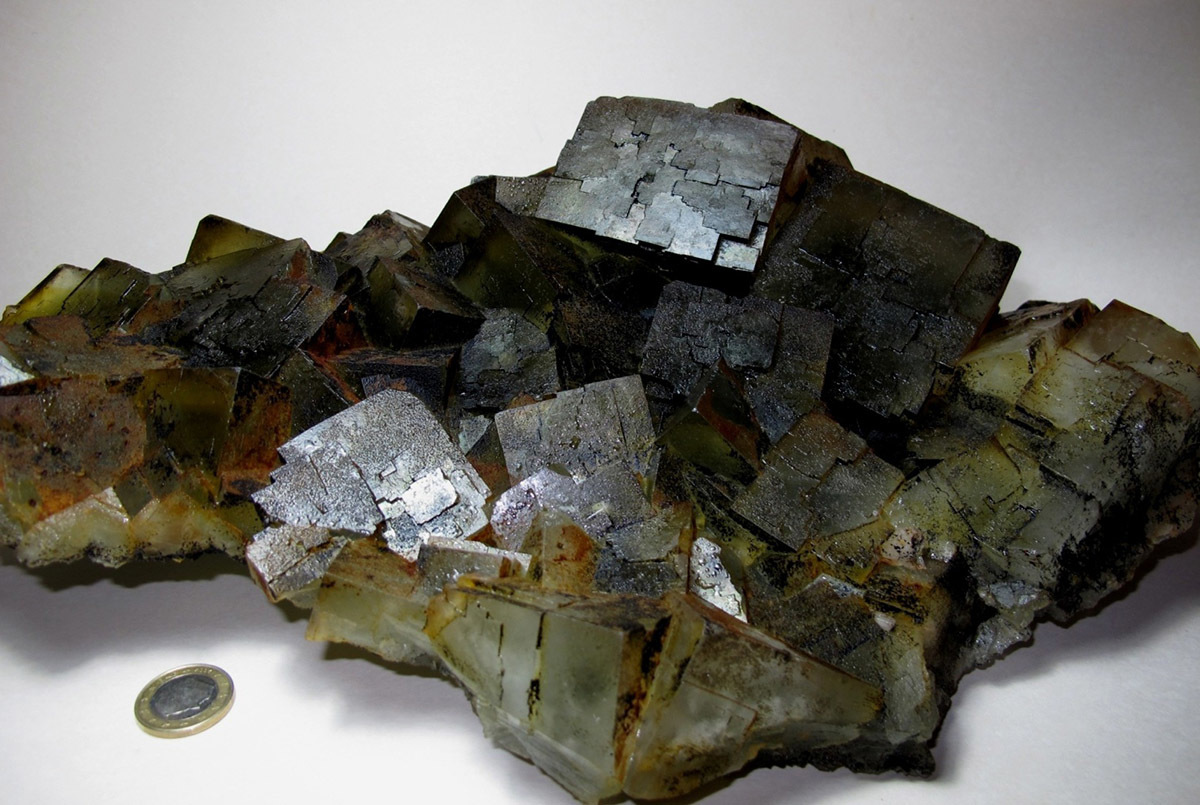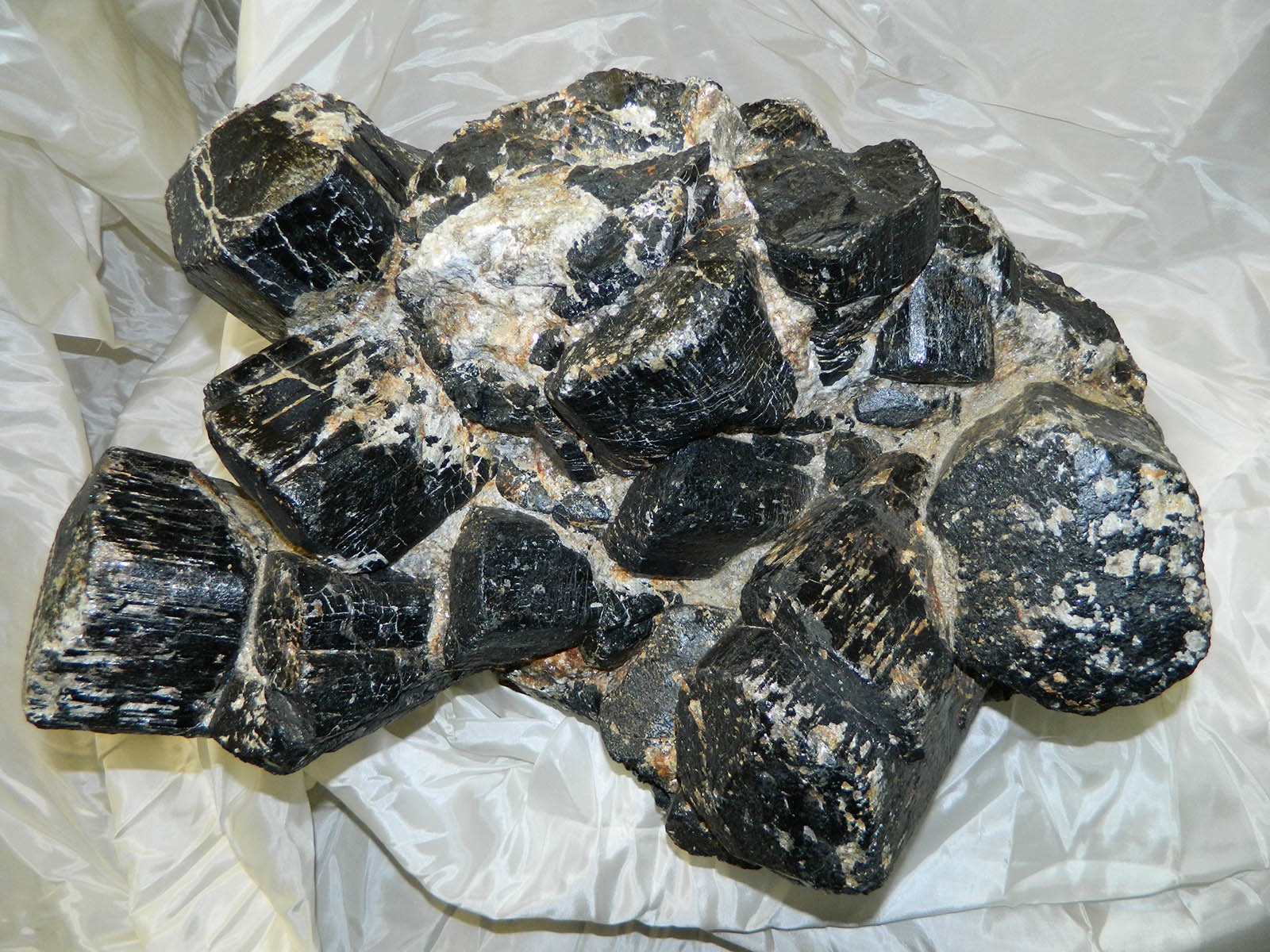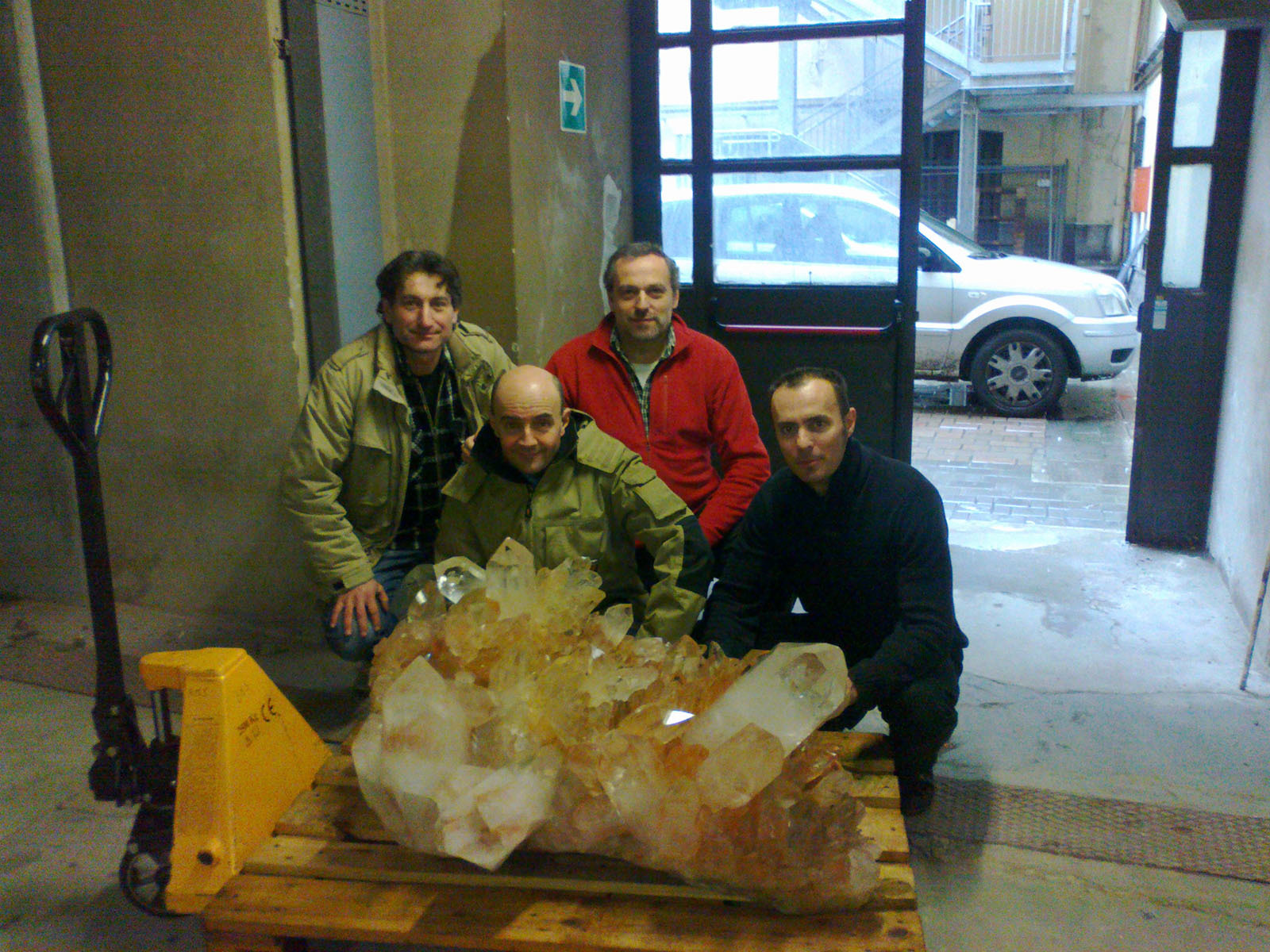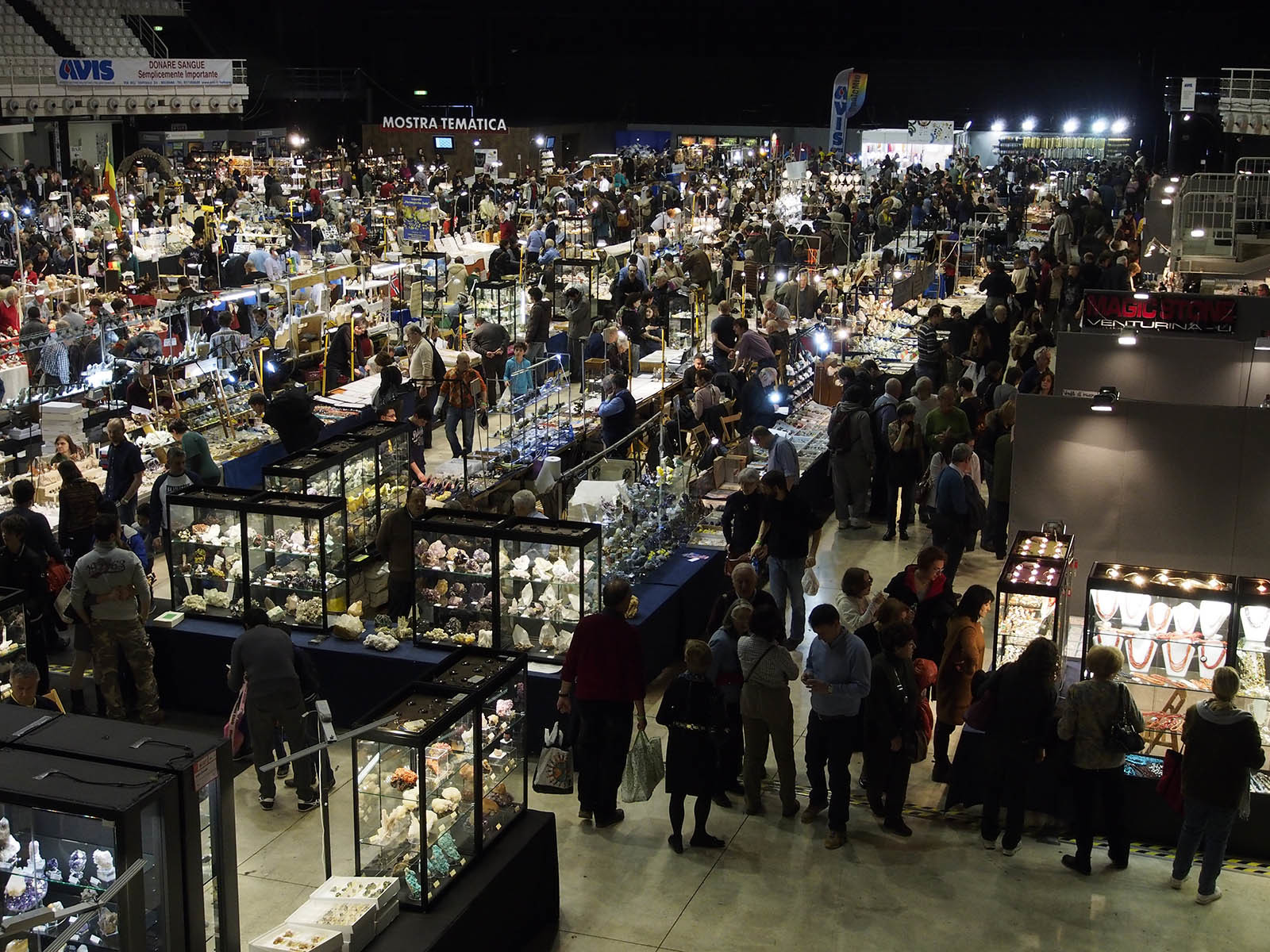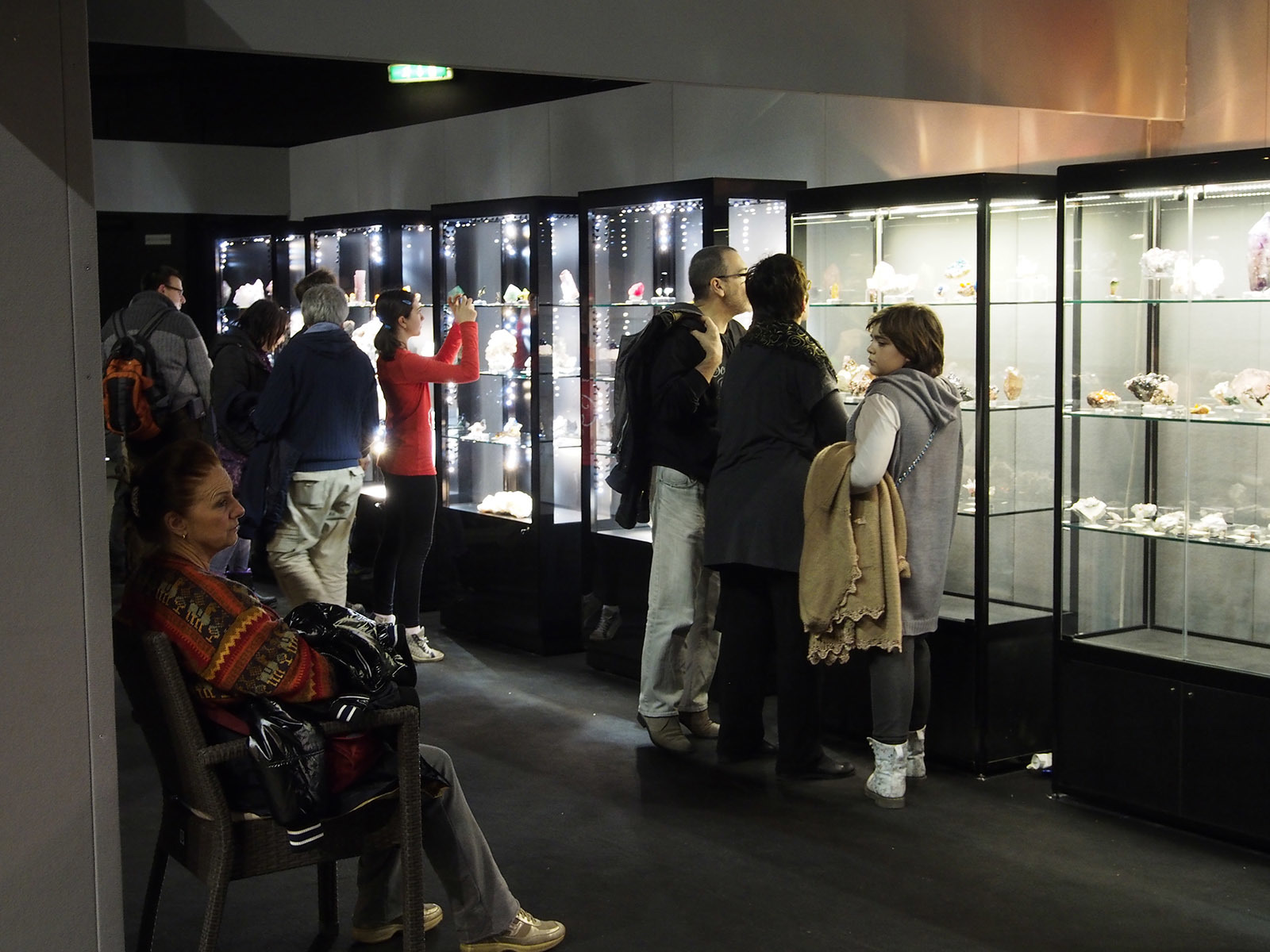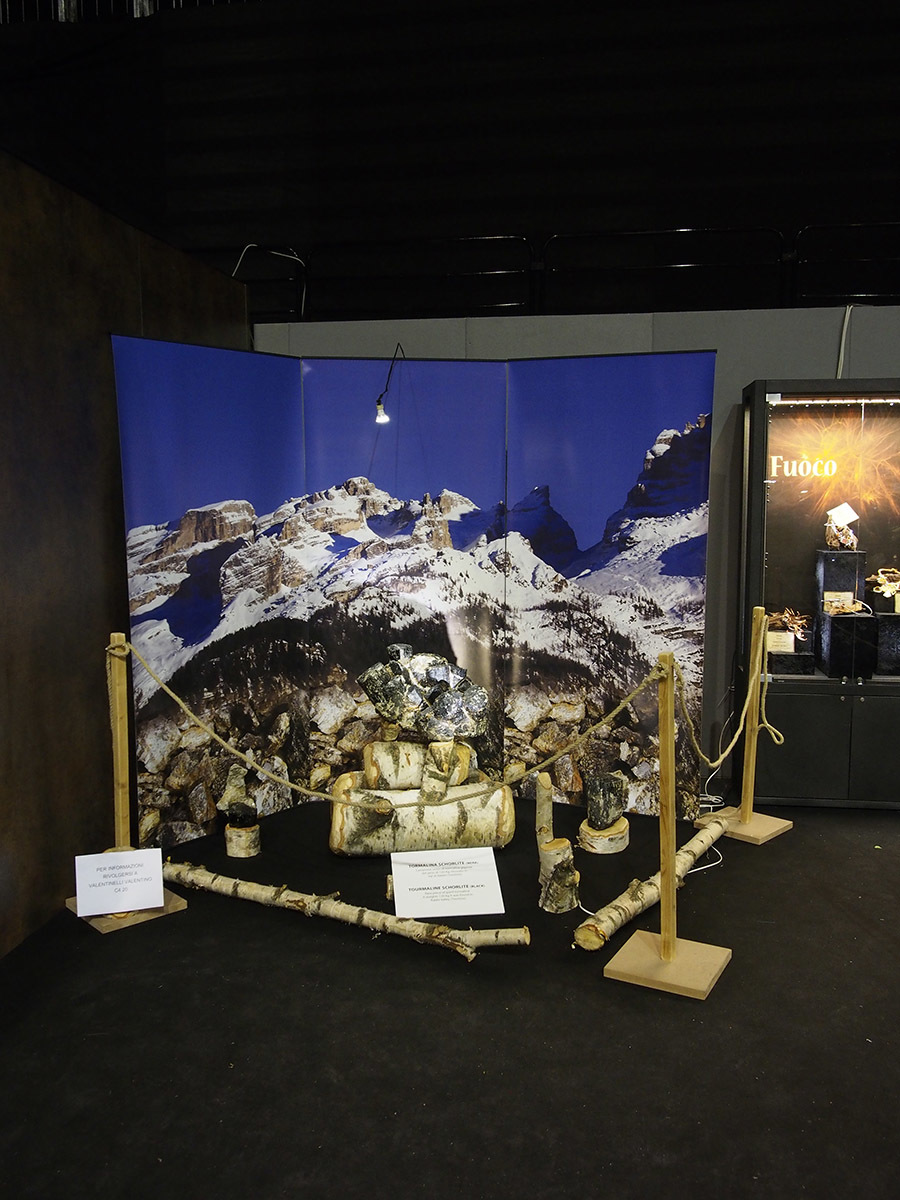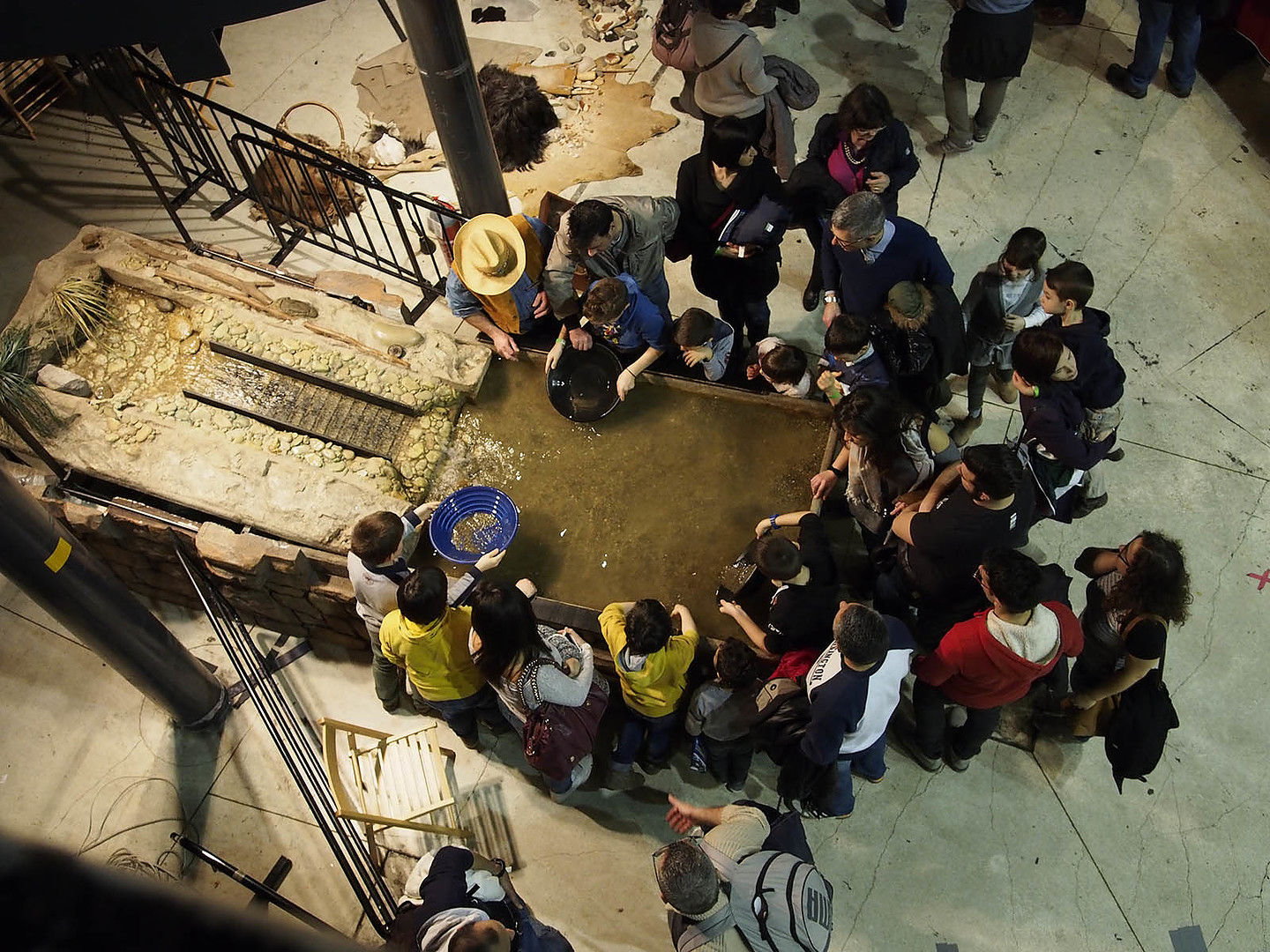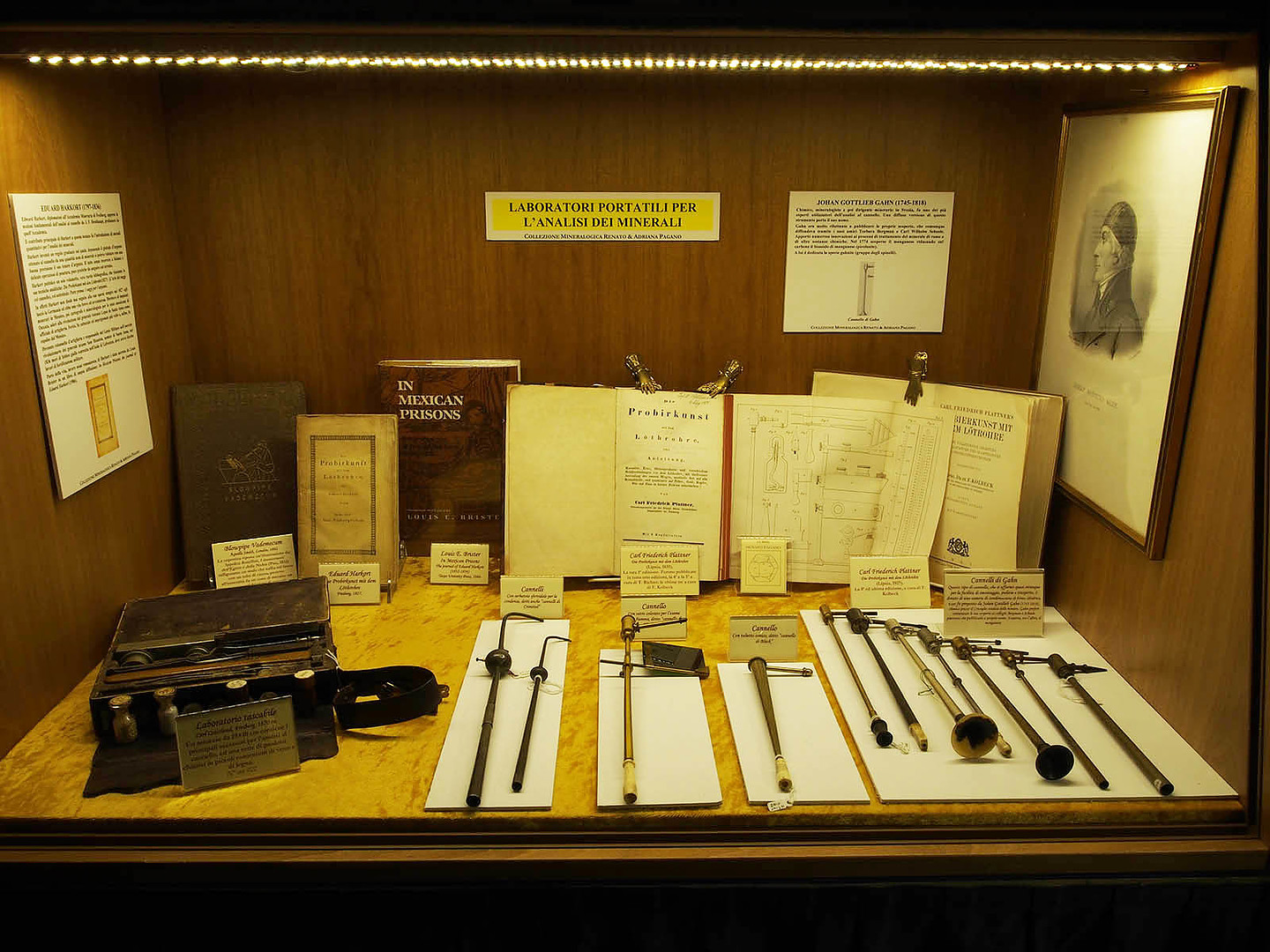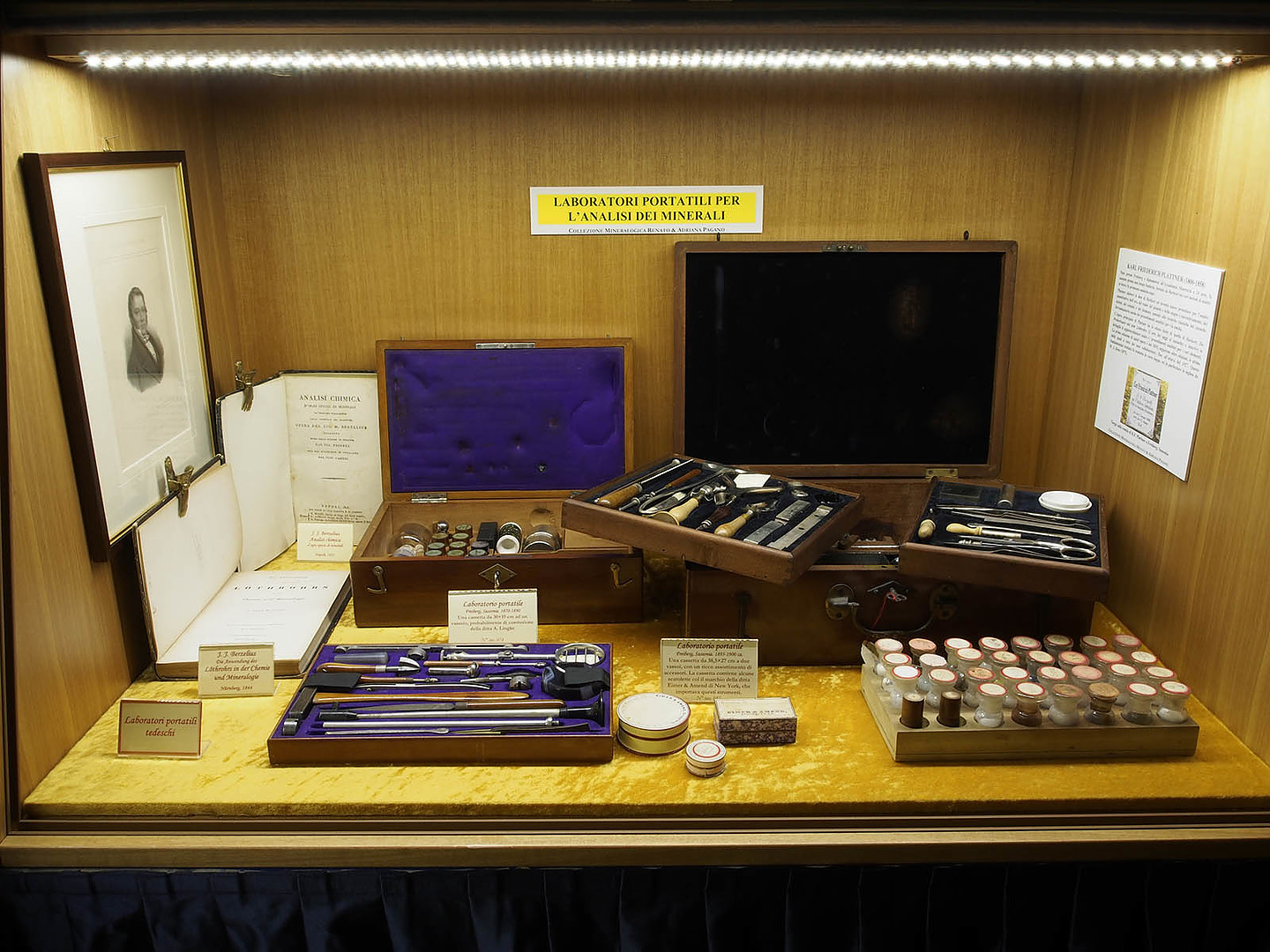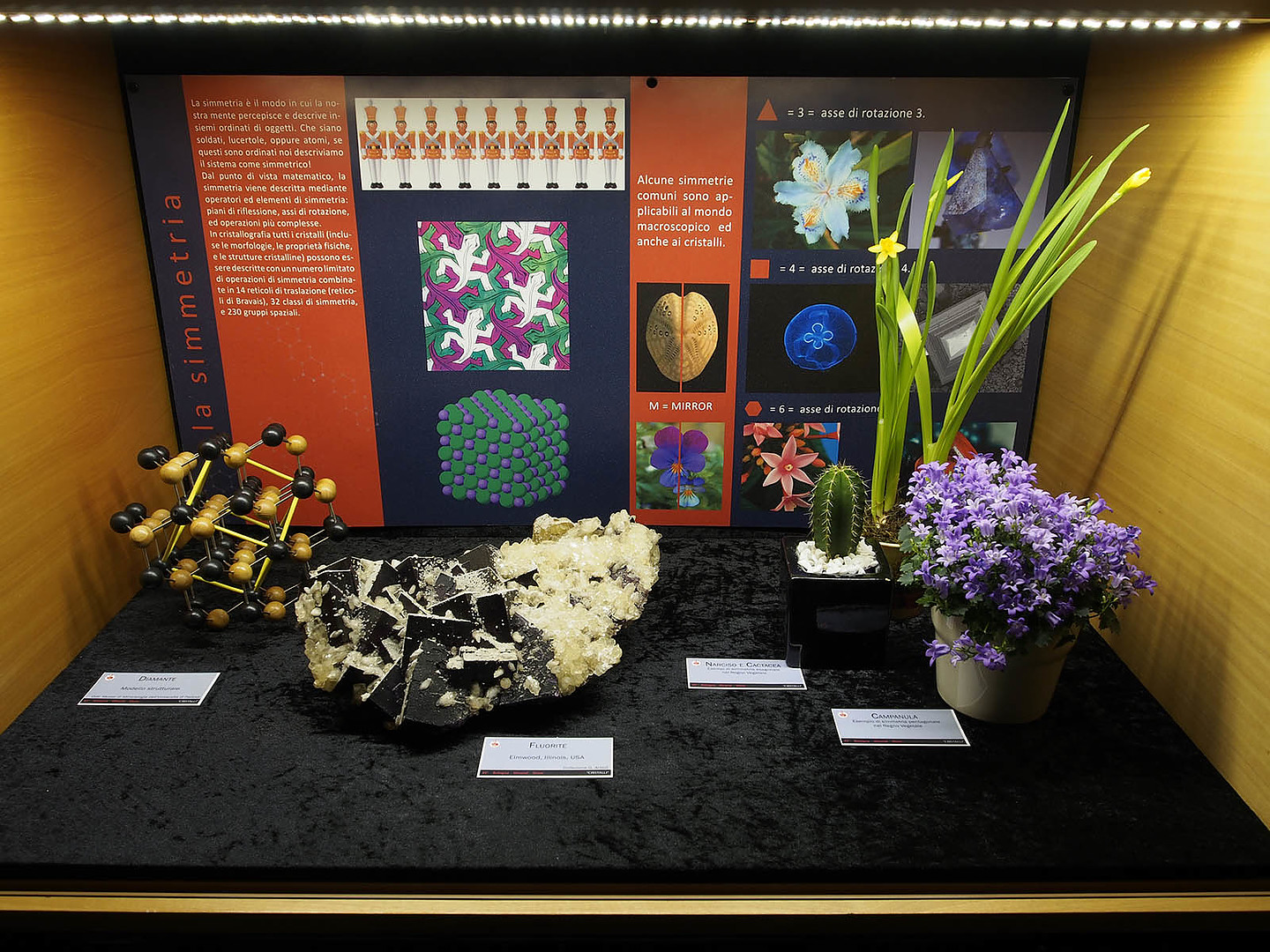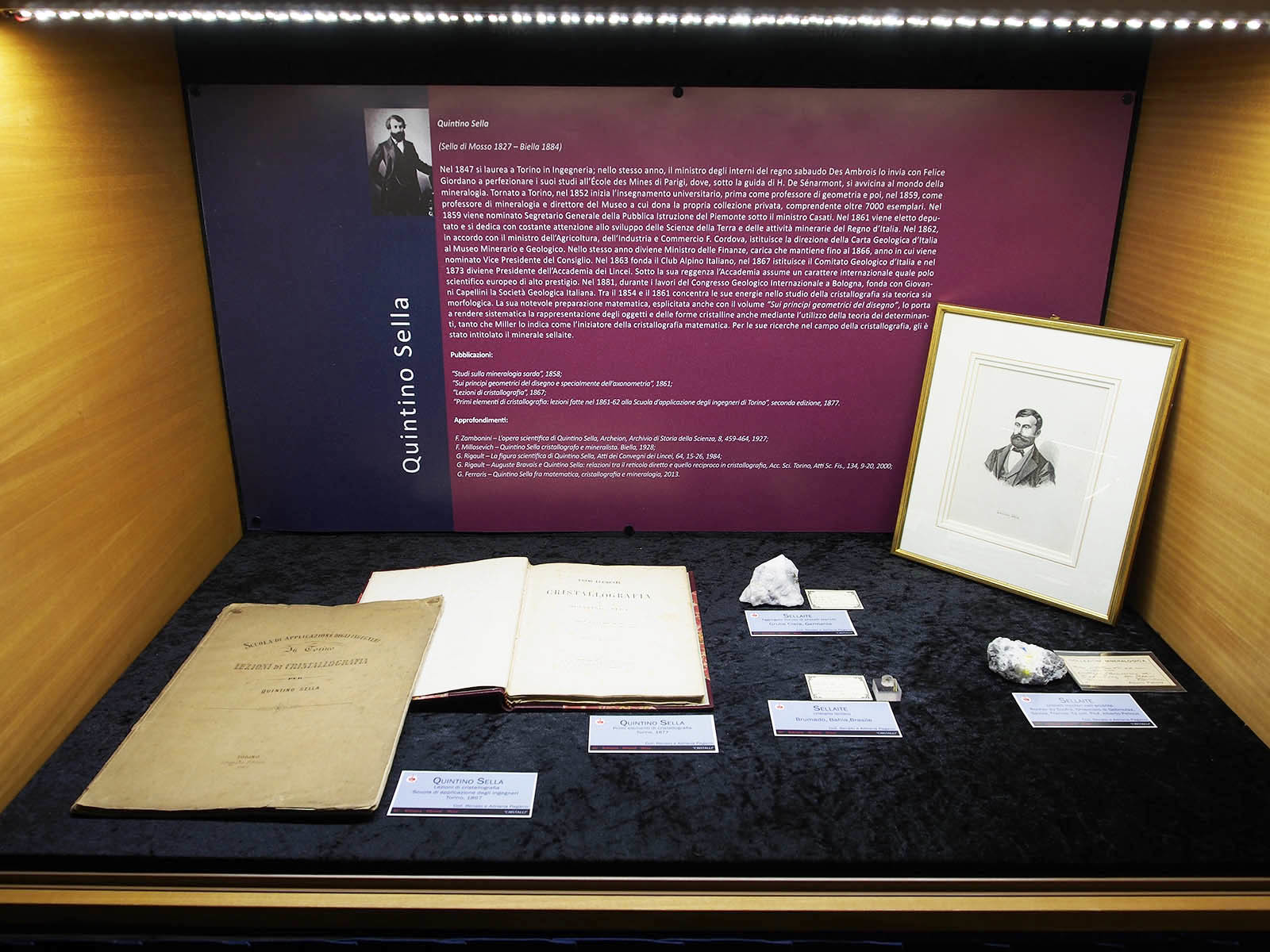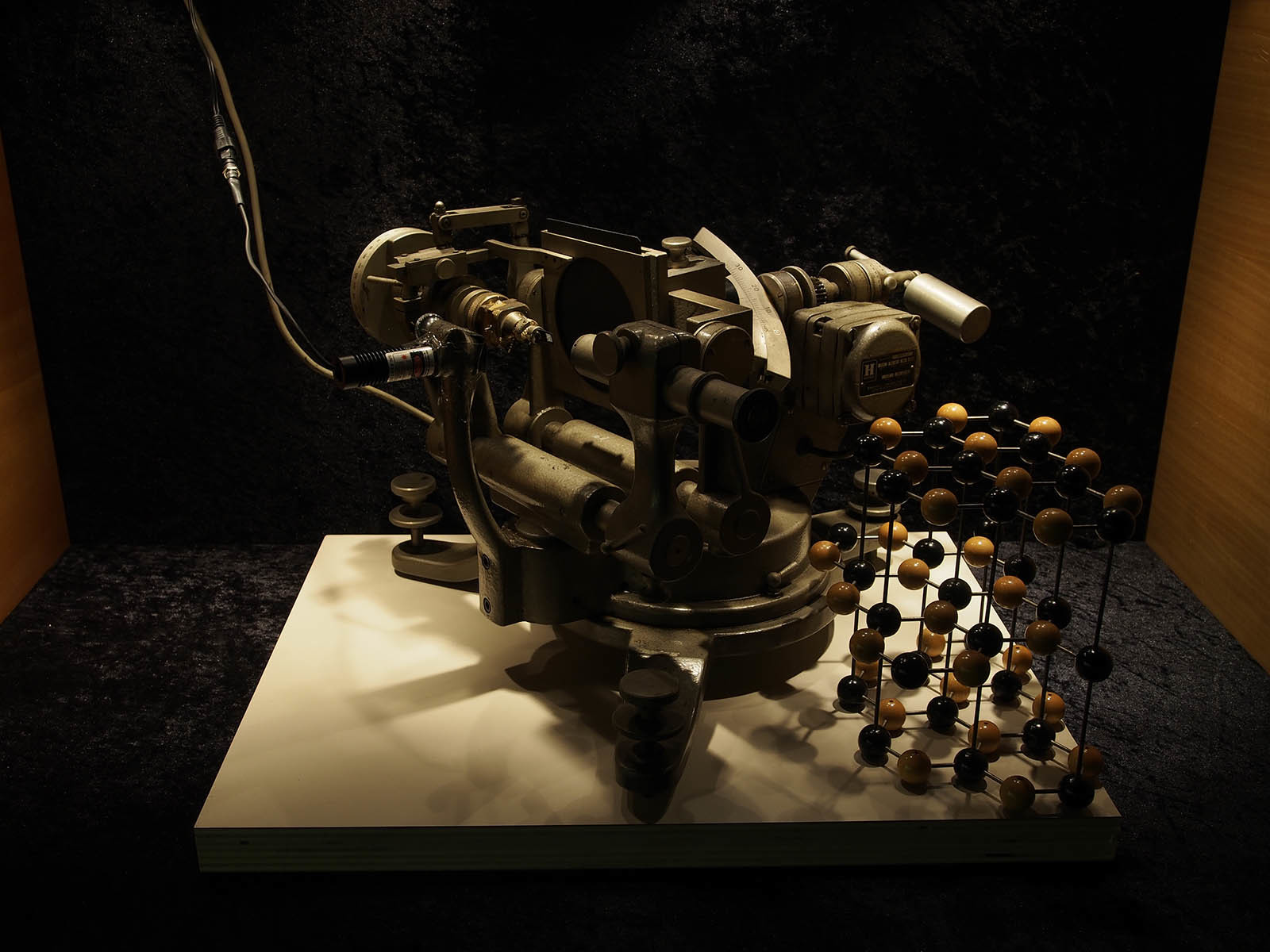Home PageAbout MindatThe Mindat ManualHistory of MindatCopyright StatusWho We AreContact UsAdvertise on Mindat
Donate to MindatCorporate SponsorshipSponsor a PageSponsored PagesMindat AdvertisersAdvertise on Mindat
Learning CenterWhat is a mineral?The most common minerals on earthInformation for EducatorsMindat ArticlesThe ElementsThe Rock H. Currier Digital LibraryGeologic Time
Minerals by PropertiesMinerals by ChemistryAdvanced Locality SearchRandom MineralRandom LocalitySearch by minIDLocalities Near MeSearch ArticlesSearch GlossaryMore Search Options
The Mindat ManualAdd a New PhotoRate PhotosLocality Edit ReportCoordinate Completion ReportAdd Glossary Item
Mining CompaniesStatisticsUsersMineral MuseumsClubs & OrganizationsMineral Shows & EventsThe Mindat DirectoryDevice SettingsThe Mineral Quiz
Photo SearchPhoto GalleriesSearch by ColorNew Photos TodayNew Photos YesterdayMembers' Photo GalleriesPast Photo of the Day GalleryPhotography
╳Discussions
💬 Home🔎 Search📅 LatestGroups
EducationOpen discussion area.Fakes & FraudsOpen discussion area.Field CollectingOpen discussion area.FossilsOpen discussion area.Gems and GemologyOpen discussion area.GeneralOpen discussion area.How to ContributeOpen discussion area.Identity HelpOpen discussion area.Improving Mindat.orgOpen discussion area.LocalitiesOpen discussion area.Lost and Stolen SpecimensOpen discussion area.MarketplaceOpen discussion area.MeteoritesOpen discussion area.Mindat ProductsOpen discussion area.Mineral ExchangesOpen discussion area.Mineral PhotographyOpen discussion area.Mineral ShowsOpen discussion area.Mineralogical ClassificationOpen discussion area.Mineralogy CourseOpen discussion area.MineralsOpen discussion area.Minerals and MuseumsOpen discussion area.PhotosOpen discussion area.Techniques for CollectorsOpen discussion area.The Rock H. Currier Digital LibraryOpen discussion area.UV MineralsOpen discussion area.Recent Images in Discussions
Mineral ShowsBOLOGNA MINERAL SHOW 2014

23rd Jan 2014 08:48 UTCBologna Mineral Show
2014: 100th anniversary of the discovery of X-ray diffraction
Max von Laue
International Year of Crystallography
In July 2012 the General Assembly of the United Nations declared 2014 the International Year of Crystallography, 100 years after the award of the Nobel Prize to Max von Laue for the discovery of the diffraction of X-rays by crystals.
The mineralogy before the discovery of X-rays was limited to the study of crystals by the chemical composition and external morphology. About the geometric perfection of crystals, some researchers hypothesized that in them the matter were ordered on a regular basis, but it was only a theory. The discovery of X-rays has demonstrated its validity, providing a powerful means to resolve the internal structure of the crystals. It’s now possible to define precisely the periodic repetition lattice (unit cell) and the relative position of the atoms, which is essential for a precise characterization of each species, crystalline mineral or artificial. That was the birth of modern crystallography. The modern crystallography has brought beneficial in fields other than mineralogy; it is crucial for materials science, physics, chemistry and biology. Thanks to the crystallographic applications nowadays we know the structure of DNA and viruses, we manufacture computer memories and more efficient materials; plus, we design new pharmaceuticals.
The 45th edition of the Bologna Mineral Show is celebrating this event with a thematic exhibition made possible thanks to the collaboration of major Museums and private collectors, reserving ample space to the various aspects of crystallography, before and after the discovery of X-rays, with historical, scientific and mineralogical material .
The core of the Thematic Display starts with the exhibition "CRYSTAL", where, in cooperation with the Section of Mineralogy by University of Padova, it will be set up an espositive route on the discovery of X-rays and applications in mineralogy, focusing on issues closer to the collecting field.
The University of Padova has planned an exhibition with panels illustrating the concepts of periodicity and symmetry -which are fundamental to the study of crystals-, mineralogical icons, mineral, gem quality mineral specimens, copies of books, old tools, as well as an area dedicated to applications in society, such as native elements, sulfides, sulfates and carbonates, with a particular attention on zeolites, minerals widely used in civil and industrial use.
In addition to the University of Padova, other institutions are involved with the organization of this important event.
The Regional Museum of Natural Sciences of Turin will bring a very valuable collection of pyrite crystals studied by Strüver, together with the publications relating to the work performed ("Studies on the Piedmont and Elban pyrite" 1869).
The Natural History Museum of Milan will be displaying some samples of exceptional mineralogical and aesthetic value.
Important also the contribution by Renato Pagano and Massimo Tomalino with the provision of important historical documents. In this particular exhibition area will also be exposed mineralogical specimens aesthetycal as much as representative for the crystallographic classes, from museums and private collections.
BOLCA AND ITS FOSSILS
Bolca of Vestenanuova is a small village on the eastern Lessini mountains at about 850 m of altitude.
Near Bolca, there are numerous fossil deposits including Pesciara and Mount Postale. These two sites are the best known and most important in the world because of the number, variety, and the state of preservation of the fossil finds.
In fact, Bolca with its deposits, is a unique example in the world for the richness of fossil finds, mainly fish and plants, but also crustaceans, jellyfish, insects, bird feathers, etc.. dating back about 50 million years ago.
This is the most important fossil area attributed to the Eocene, which has returned such an abundant variety of animal organisms (insects and crocodiles) and plants (from Rosaceae to palms) in perfect condition.
The uniqueness of the fossils of Bolca area also consists in the fact that many of the findings also have an incredible aesthetic value due to the evidence of characteristics of the fossils and for their peculiarity: just think of the famous “angel fish” which are of incomparable beauty and scientific value for . Bolca, thanks to its deposits of Pesciara and Mount Postale, as well as its unique history and scientific reality, is for the national and international community a legacy of inestimable value.
Other important fossil deposits are those on the Monte Purga of Bolca - Monte Vegroni, where until after World War lignites have been subject to extraction and marketed as fuel while, during the work of cultivation, which took place mainly in galleries, were found numerous and beautiful palm trees (Latanites, Phoenicites, etc..), several meters high and with a fan that pinnate fronds, as well as turtles (Trionyx, known as "soft-shell turtle") and crocodiles (Crocodilusvicetinus).
Fossils of Bolca are known since long time even though it is not known when it was discovered the fossil deposits. The earliest records date back to a document by Andrea Mattioli in 1555, while in 1571 the important collection of the pharmacist Francesco Calzolari from Verona, who, in his museum (the first known natural history museum in the world), has been setting out, among other natural materials, including some fish from Bolca. The fossils, although known since classical ancient times, acquire their modern meaning only in the seventeenth century when, recognized their organic origin, are identified as the remains of organisms that lived in the past.
It’s more than 200 years that the Cerato family is engaged in the patient, laborious but equally fascinating work of extracting fossils from Bolca area. This work is difficult and requires a special technique of excavation that involves the separation of the various limestone plates that hold the remains of fossilized organisms. Within the mining operations, research and restoration of the fossils, the Cerato’s have always been specialized professionals as well as the best ones in-depth knowledge of the area. This specificity also derives from an oral tradition of the family, a tradition that has been perpetuated for generations. During all of these years of research it is estimated that from Pesciara have been extracted from over 100,000 fish perfectly fossilized.
http://youtu.be/W6AYXKTVZ9c
An interesting Exhibition of some of these fish fossils, including the beautiful angel fish, will be on display at the 45th BOLOGNA MINERAL SHOW on 7 - 8 - March 9, 2014 at the Unipol ARENA, Gino Cervi avenue, 2nd , Casalecchio di Reno , Bologna.

3rd Feb 2014 11:30 UTCPaola
desidererei sapere perchè sul sito del Bologna Mineral show, trovo questa frase nella sezione servizi fiera:
Biglietto omaggio portatori di Handicap gravi e bambini minori di 4 anni | Free ticket severely disabile and
children under 12 years old
Ovvero, perchè in italiano i bambini hanno il biglietto gratuito fino 4 anni, invece in inglese entrano gratuitamente fino a 12?
Se quando vengo a prendere i biglietti prlo in inglese i miei 2 figli di 8 10 anni entrano gratuitamente?
Grazie
Paola

7th Feb 2014 19:28 UTCBologna Mineral Show
Tickets
Full ticket: € 10,00
Reduced ticket (children under 12 years old and students): € 5,00
Reduced ticket for groups(over 20 persons): € 7,00
Opening hours
Besides ensuring a wide range of advantages to exhibitors, among whose a private entrance served by entry slip, Bologna Mineral Service Srl has organized in a practical and functional way setting-up and dismantling timing:
Thursday:
Exhibitors: from 10:00 to 19:00.
Friday and Saturday:
Exhibitors: from 8:15 to 19:30
Visitors: from 9:00 to 19:00.
Sunday:
Exhibitors: from 8:15 am to 19:30 | the dismantling is allowed from 19:00 to 23:00
Visitors: from 9:00 to 19:00.
Biglietti
Biglietto intero: € 10,00
Biglietto ridotto (bambini fino a 12 anni e scolaresche): € 5,00
Biglietto ridotto gruppi (oltre 20 persone): € 7,00
Orari
Oltre a garantire una serie di vantaggi agli espositori, tra cui l'ingresso riservato e servito da scivolo carrabile, Bologna Mineral Service Srl ha organizzato in maniera pratica e funzionale anche le tempistiche di allestimento e disallestimento:
Giovedí:
Espositori: dalle ore 10:00 alle ore 19:00.
Venerdí e sabato:
Espositori: dalle ore 8:15 alle ore 19:30
Visitatori: dalle ore 9:00 alle ore 19:00
Domenica:
Espositori: dalle ore 8:15 alle ore 19:30 | il disallestimento è consentito dalle ore 19:00 alle ore 23:00
Visitatori: dalle ore 9:00 alle ore 19:00.
Se vuole più informazioni sulla mostra Le consiglio di vedere lo stesso topic in italiano nella sezione "messaggeria in lingua italiana".
L'aspettiamo alla mostra, i suoi figli pagheranno un biglietto di € 5 cadauno.
Cordiali saluti
Nevio
BMS

7th Feb 2014 19:33 UTCBologna Mineral Show
In conjunction with the exhibition on the theme of crystallography, Renato and Adriana Pagano will exhibit their personal collection of portable laboratories used by the pioneers of mineralogy for the determination of mineral species. This collection is considered the largest existing one in its kind, up today, and it is composed of laboratories of more than 100 years old.



18th Feb 2014 12:06 UTCBologna Mineral Show
BARITE, FLUORITE and QUARTZ
The variety of mineralogical species and the rarity of some of them, make Vignola as one of the most interesting mines of the italian Region of Trentino.
About mining activity in the area is known since the Middle Ages, when many concessions were issued to contractors for the cultivation of argentiferous galena.
Since 1954 began the industrial exploitation for the extraction of fluorite (required, primarily in the foundry) and recovery of minerals such as lead, zinc, copper and barium.
Were traced eight levels aligned in height from an altitude of 1064 to 1333 m for a total of about three kilometers.
The galleries are connected by chimneys and hoppers for unloading the materials from the day led to lower gallery, near the road, to be transported to processing plant in Pergine Valsugana.
The mine was finally closed in 1968.
Cubic fluorite crystals over 30 cm edge, gem clear crystals of barite found by Federico Morelli, Sandro and Ugo Zampedri in the famous mine of Vignola in Trentino Region, will be on display at the 45 ° BOLOGNA MINERAL SHOW on 7 - 8 - March 9, 2014 at the Unipol ARENA, Gino Cervi avenue, 2nd, Casalecchio di Reno, Bologna.

18th Feb 2014 12:13 UTCBologna Mineral Show

22nd Feb 2014 18:06 UTCBologna Mineral Show
The mineralogical locality of Val di Rabbi is known to mineral prospectors since the 70s of the 900, time when came to light samples of black tourmaline (schorl) of more than 30 cm in length, the largest specimens in the Alps for this mineral species .
In subsequent years, the field was covered by a landslide and excavated again in the 2000s.
Finding of the specimen:
The original weight of the sample found by Valentinelli Valentino was 150kg. The tourmaline crystals were embedded in a matrix of quartz and albite that has been carefully removed not to damage the tourmaline crystals.
What are tourmalines:
Tourmalines are a group of minerals belonging to the class of ciclosilicates. Do exist various types of tourmalines, which differ in chemical composition and different colouring. The most common is the black and opaque tourmaline, known as schorl. Other tourmalines, especially elbaite, thanks to transparency and vibrant colors that characterize it, are used to obtain much sought after gems.
Why so big crystals?
Large crystals such as tourmaline from Val di Rabbi have formed into igneous rocks consist of crystals of large size, the so-called pegmatites, which are in the form of veins powerful even a few meters.
The pegmatites originate from the fluid residue of a mass of magma that is left to solidify in depth; inside them focus particular chemical elements (very "light" or very "heavy"), in addition to the more volatile components of the magma . The concentration of volatile elements is the key to the "gigantism" of crystals: it lowers the viscosity of the fluid, hinders the formation of new crystals and thus allows the ions to move into great distance "feeding" the best growth of the few crystals present .

3rd Mar 2014 09:42 UTCBologna Mineral Show

3rd Mar 2014 11:01 UTCBologna Mineral Show
This year also Bijoux Expo will take his own Thematic Show, and the Theme is on the Art Jewel, developed on the subject of "The 4 Elements" (Fire, Earth, Air, Water) through the extraordinary creations of Sarah Sudcowsky, Giorgio Borghi, Maurizio Balboni, Simone Minonzio and Massimo Campagnolo.
We do not doubt that they will surprise us again, with amazing new artworks resulting from their imagination and materialized by their skills with the help of various materials (from gold to cotton rope; from the oxidized copper plate to the silver wire; to end up with the natural fiber clay; where everything is modeled and sculpted by hand into unique and unrepeatable creations.).
To characterize each piece of jewelry, will also be the presence of gems and minerals in its natural crystalline form in appearance of protagonists.
PALEONTOLOGICAL PARKS OF ASTI
The National Parks Entity of Asti manages the protected natural areas of the province of Asti in which the peculiar notable feature is the presence of fossils of marine organisms, and to enhance these findings it’s realizing the Paleontological Museum of Asti.
In the exhibition space dedicated to the event of Bologna Mineral Show, through a series of descriptiving panels will be explained about the world of fossils and the paleontological reality of the central Piedmont.
It will be exhibited also the reconstruction of the jaw of a gigantic Megalodonte shark fossil, which dominated the seas of most of the world about a 20 million years ago, along with numerous shell fossils dating back to about 3 million years ago, extracted from areas of Asti.
DEMONSTRATION OF EXPERIMENTAL ARCHAEOLOGY
Alfio Tomaselli will catalyze the attention of visitors with a demonstration on how prehistoric man worked stones and bones for weapons and tools; as well as the colors obtained by pulverizing the various minerals found in nature; and also light the fire using various techniques. He will explain life in a Neolithic camp with a lot of skins stretched on the ground with all the visitors sat in a semicircle around him, and after the half-hour demonstration many people will be fascinated by his words and will remain for the next demonstration.
MINE GALLERY RECONSTRUCTION
For those who have never experienced the thrill of venturing into the bowels of the earth has been rebuilt a section of mine tunnel excavation along with rails, with a cart load of ore and its miner pushing it. The reconstruction is so true that you have the sensation of hearing in the distance the sound of jackhammers and the noise of rock that falls to the ground.
GOLD FISHING
Given the great success of public collected by the demonstration of alluvial gold panning sifting through the sands of the rivers, this year at the Bologna Mineral Show will be set up again the diorama that recreates the bed of a river to allow all visitors to try their hand in search of the precious metal with the discovery of real gold flakes.
The demonstration will be carried out by a well-known researcher from Biella who has devoted his whole life to the discovery of gold-bearing alluvial deposits along the rivers and streams of Piedmont Region. Visitors who stay will be explained about all of the various research techniques, from traditional "batea" the more complex "channel."
So don’t miss to visit the 45 ° BOLOGNA MINERAL SHOW on 7 - 8 - March 9, 2014, from 9:00 to 19:00, at the Unipol ARENA, Gino Cervi avenue, 2nd, Casalecchio di Reno, Bologna.
:-):-):-):-):-):-):-):-)








17th Mar 2014 11:49 UTCBologna Mineral Show












Mindat.org is an outreach project of the Hudson Institute of Mineralogy, a 501(c)(3) not-for-profit organization.
Copyright © mindat.org and the Hudson Institute of Mineralogy 1993-2024, except where stated. Most political location boundaries are © OpenStreetMap contributors. Mindat.org relies on the contributions of thousands of members and supporters. Founded in 2000 by Jolyon Ralph.
Privacy Policy - Terms & Conditions - Contact Us / DMCA issues - Report a bug/vulnerability Current server date and time: April 26, 2024 09:49:48
Copyright © mindat.org and the Hudson Institute of Mineralogy 1993-2024, except where stated. Most political location boundaries are © OpenStreetMap contributors. Mindat.org relies on the contributions of thousands of members and supporters. Founded in 2000 by Jolyon Ralph.
Privacy Policy - Terms & Conditions - Contact Us / DMCA issues - Report a bug/vulnerability Current server date and time: April 26, 2024 09:49:48


















